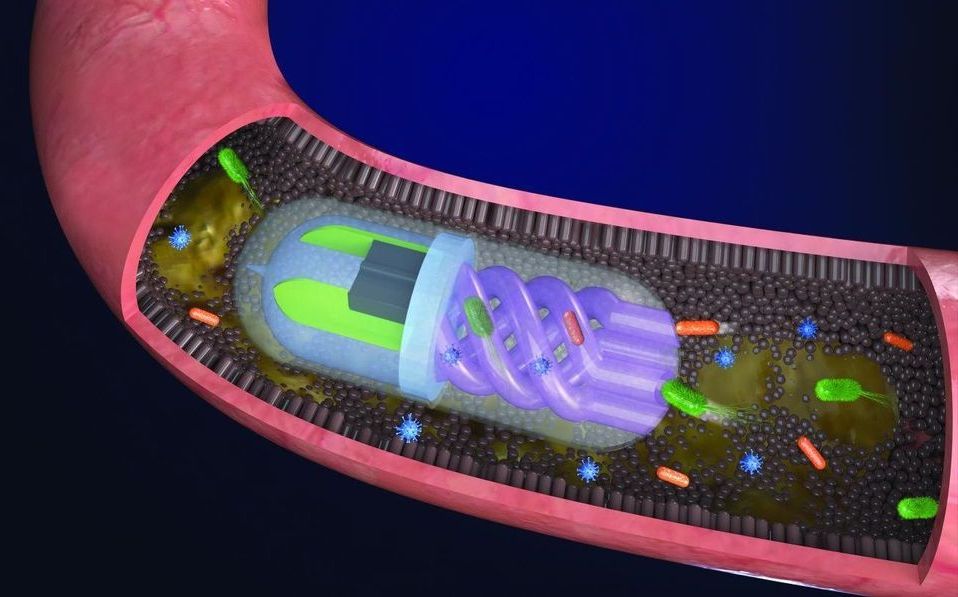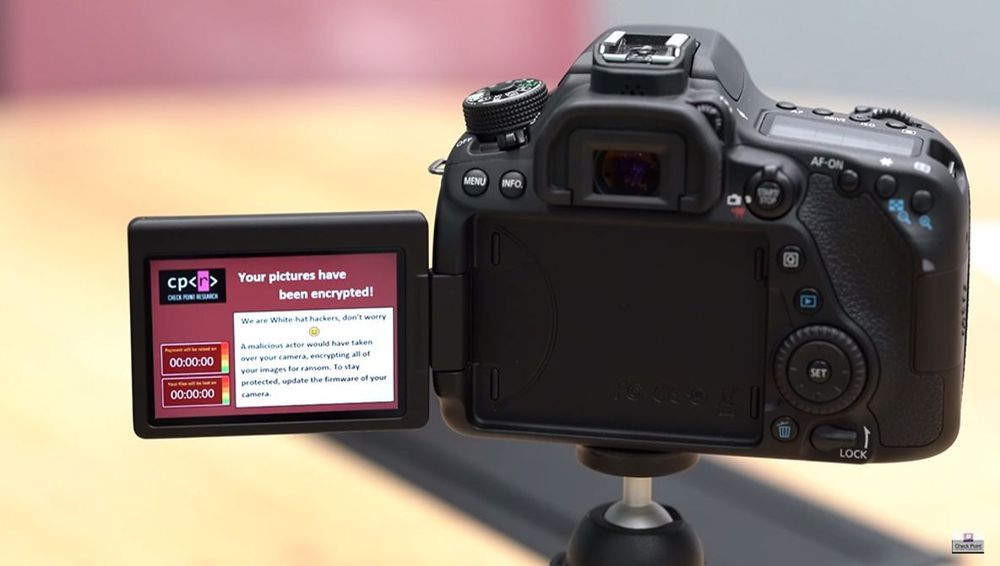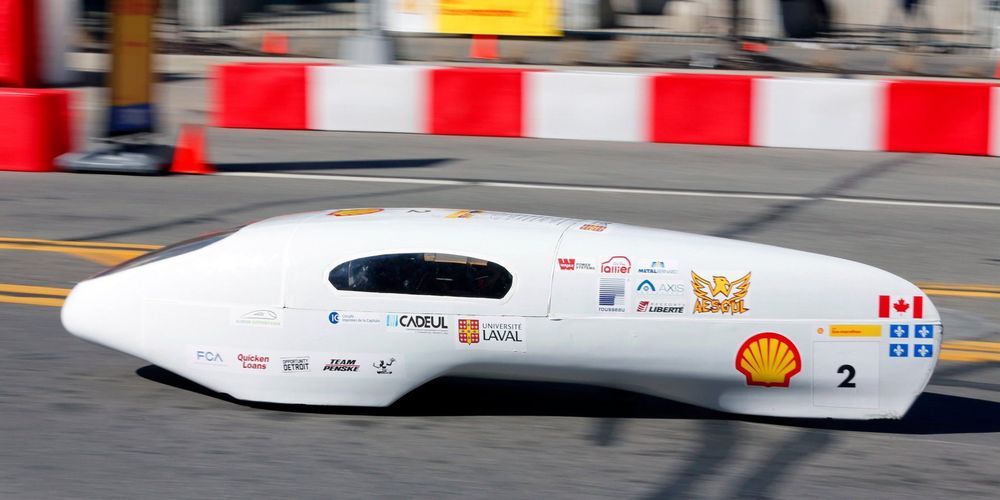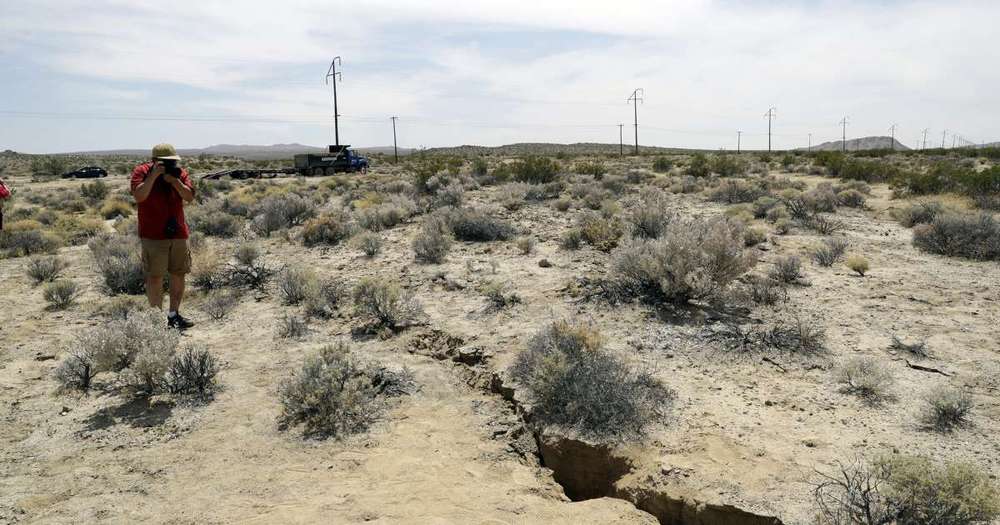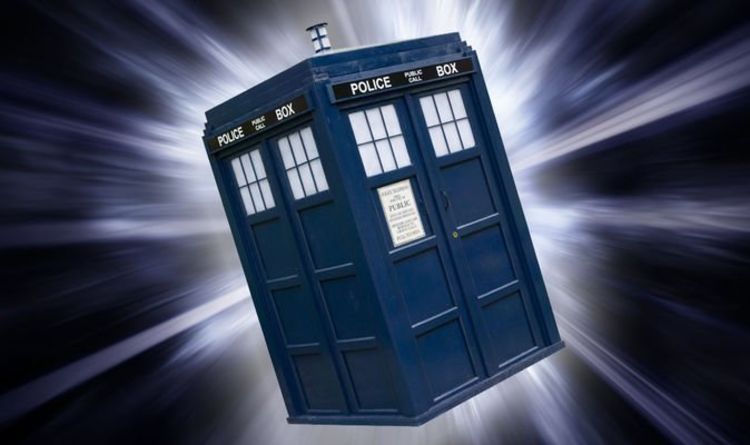Dr. Michael West, CEO of AgeX Therapeutics and Founder of Geron Corporation, discusses breakthroughs in the understanding of biological regeneration and in induced tissue regeneration, through his talk “Hayflick Rewound: Somatic Restriction, Epigenetics, and the Reversibility of Human Aging”. This talk was given at the Ending Age-Related Diseases conference in NYC. Join us at http://lifespan.io/hero
►Conference Page: https://www.leafscience.org/ending-age-related-diseases-adva…prospects/
►Subscribe for more: https://www.youtube.com/user/LifespanIO?sub_confirmation=1
►This video is presented by LEAF. Please support our work by becoming a “Lifespan Hero”: http://lifespan.io/hero
► #LifeExtension #MichaelWest #AgeX

